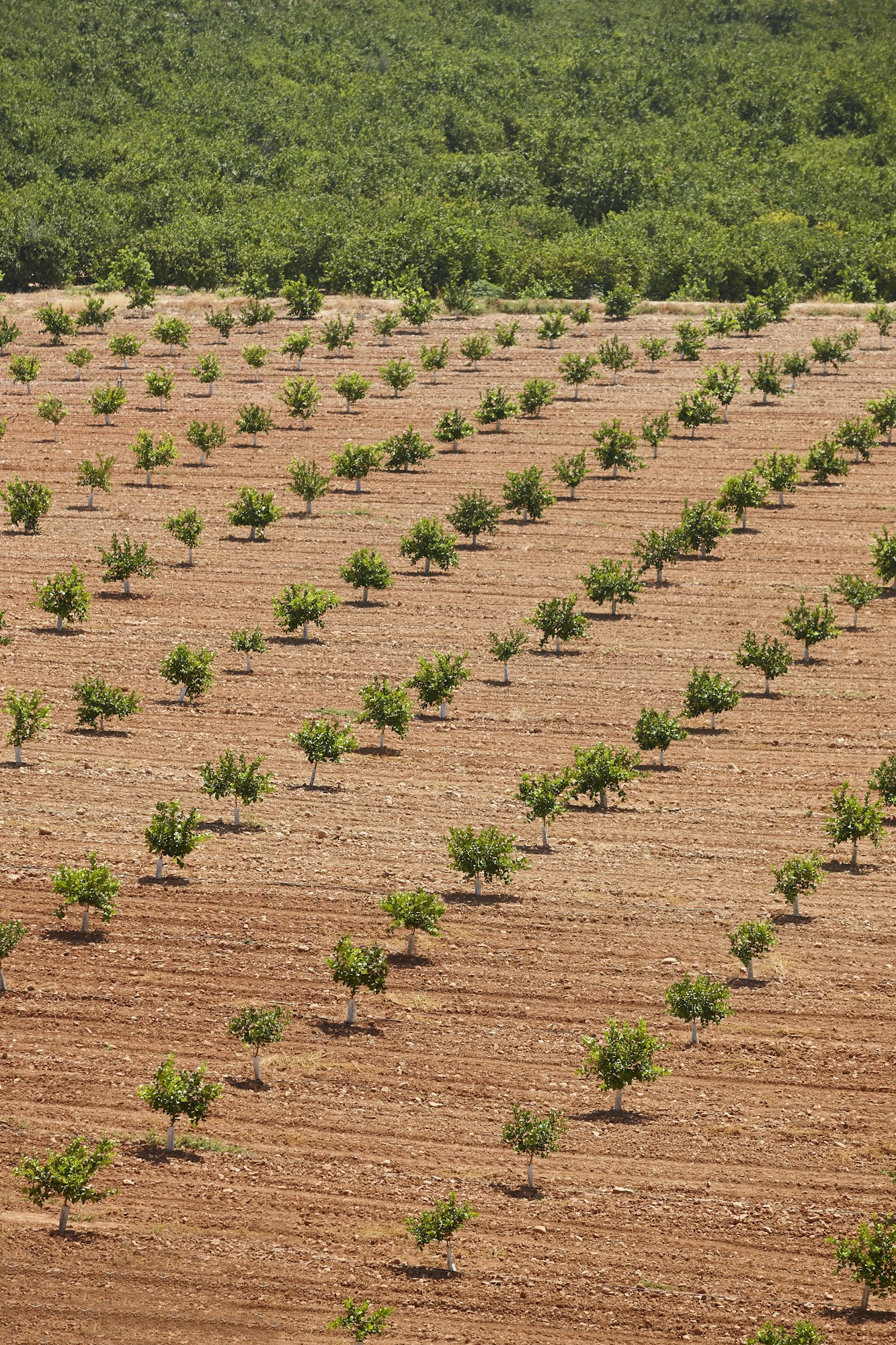Food security and public health are two of the major global challenges in today’s rapidly urbanizing world. With the continued growth of the global population, the demand for food and water is expected to increase significantly. Our traditional agriculture systems are already under great strain, and it is becoming increasingly evident that they may not be able to keep up with the demand. As a solution, urban vertical farming is emerging as a promising alternative. It demonstrates the potential to transform the way we grow food, utilise land and water resources, and contribute towards sustainable economic development.
The Concept of Urban Vertical Farming
Urban vertical farming is an innovative method of food production that utilises vertical space to grow crops in urban environments. This form of farming typically involves the use of hydroponic systems, which allow plants to be grown without soil, using mineral nutrient solutions in water. It is a sustainable approach to farming that can help to address food security and public health challenges.
A découvrir également : Can Daily Consumption of Curcumin Supplements Mitigate Inflammation in Athletes?
Unlike conventional farming, vertical farming does not require vast tracts of land. It can be implemented in a variety of urban environments, from disused industrial buildings to purpose-built vertical farms. This approach not only saves valuable urban land but also reduces the need for transportation, thereby cutting down on energy consumption and carbon emissions.
The Role of Vertical Farms in Ensuring Food Security
Food security is a pressing issue that affects millions of people worldwide. It involves the availability of food, access to food, and the knowledge and resources to use food effectively. Vertical farming can play a critical role in addressing these aspects of food security.
Dans le meme genre : How Can Bouldering and Rock Climbing Therapies Aid in Overcoming Depression?
Vertical farms have the potential to produce food all year round, irrespective of weather conditions, thereby ensuring a constant supply. Because they operate in a controlled environment, they can yield more produce than traditional farming methods. Furthermore, these farms can be established close to urban centres, ensuring easy access to fresh, nutritious food for city dwellers.
Vertical farming also promotes the use of water-efficient systems. Hydroponic systems used in vertical farming consume significantly less water than conventional farming methods. This is particularly important considering the increasing water scarcity challenges across the globe.
Economic Implications of Urban Vertical Farming
The economic implications of urban vertical farming are profound. As a sector, it can contribute to job creation and economic development in urban areas. The establishment and operation of these farms create employment opportunities, not only in farming but also in related sectors like logistics, technology, and retail.
Additionally, urban vertical farming can contribute to the local economy by providing a source of fresh produce, reducing the need for imported food, and thereby strengthening the local food system. It also provides an opportunity for urban dwellers to participate in food production, fostering a sense of community and shared responsibility.
Vertical Gardens for Public Health Improvement
By providing access to fresh, locally grown produce, vertical farms can significantly improve public health. Fresh fruits and vegetables are vital for a healthy diet, and access to these foods can help combat chronic diseases such as obesity and diabetes, which are prevalent in many urban areas.
Additionally, the vertical farming process does not require the use of harmful pesticides and fertilizers, ensuring that the produce is not only fresh but also free from harmful chemicals. This is a significant step towards ensuring public health, considering the increasing concerns about the health implications of pesticide residues in food.
Sustainable Production and Community Engagement
Sustainability is at the core of vertical farming. It is a form of agriculture that not only produces food but also recycles waste, conserves water, and reduces energy use. Through vertical farming, cities can become more self-sufficient and resilient, contributing to the sustainable development goals.
Moreover, vertical farms can serve as community hubs, where people can learn about food production, get involved in farming activities, and develop a deeper understanding of where their food comes from. This can foster a sense of connection, encourage healthier eating habits, and contribute to community well-being.
In conclusion, urban vertical farming presents a viable solution to the challenges of food security and public health. With the right policies and support, it has the potential to transform our cities into spaces of sustainable food production and healthy living.
The Potential of Vertical Farming in Addressing Food Insecurity
Food insecurity is a serious concern worldwide, and urban vertical farming offers a novel approach to address this issue. With the ability to grow crops in vertical stacks, this method of farming maximizes space utilization, making it an ideal solution for urban areas where land is scarce. Vertical farms, being based in urban settings, can effectively cater to the food demand of the fast-growing urban population.
Vertical farming is not affected by the change in seasons or adverse weather conditions, enabling it to produce food consistently throughout the year. This is a significant advantage over traditional farming, which is dependent on suitable weather conditions, thus offering a more reliable food supply.
Due to the lack of soil use, vertical farms tend to be less prone to diseases, pests, and weeds. This means that the need for pesticides and other harmful chemicals is significantly reduced, making the produce healthier and safer for consumption.
Moreover, vertical farming employs hydroponic systems that use significantly less water than conventional agriculture. This aspect is crucial in the face of the global water scarcity challenge. It is worth noting that, according to a publication on Google Scholar, these systems recycle water, further enhancing their water-efficiency.
Community Gardens: The Intersection of Urban Agriculture and Community Engagement
Community gardens, in the context of urban vertical farming, present an opportunity for members of the community to engage in food production. This can help bring about a sense of ownership and appreciation for the food system among city dwellers.
In low-income urban areas, where access to fresh produce may be limited, community-run vertical farms can serve as a source of healthy, nutritious food. This, in turn, can help tackle issues of food insecurity and improve public health outcomes.
Community gardens also provide an excellent platform for environmental education. They can help urban dwellers, especially the younger generation, understand the impact of our food choices on the environment and the importance of sustainable living. This educational aspect of community gardens can foster environmental stewardship and promote sustainable practices in the wider community.
In conclusion, urban vertical farming holds immense potential in addressing the dual challenges of food security and public health. As a sustainable solution, it can overhaul our existing food systems, making them more efficient, resilient, and beneficial for the community. The path forward would need active policy support, technological advancement, and community involvement to fully harness the benefits of this innovative form of agriculture.






